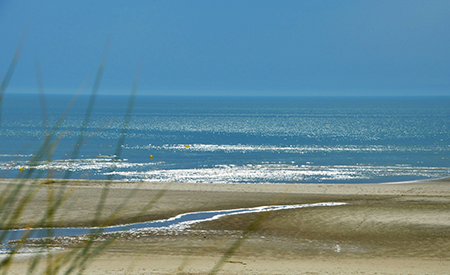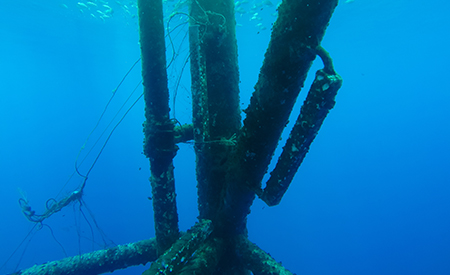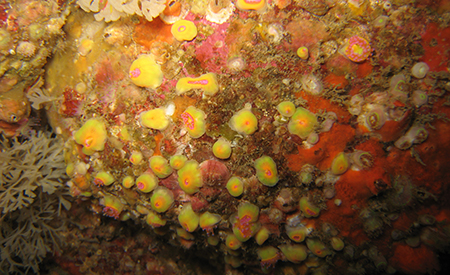Biofouling
Type of resources
Available actions
Topics
Keywords
Contact for the resource
Provided by
Formats
status
-

The objective of the TROPHIK project was to model the role of offshore wind turbines and other anthropogenic activities in modifying the functioning of thefood webs of the Bay of Seine by taking climate change into account. TROPHIK has initiated a methodology to move from the sectoral vision of environmental impact studies to a functional and holistic approach. The analysis of the sensitivity of the functioning of the food web to the development of offshore wind farms represents a solid basis for recommending new areas of implantation. This approach will be completed within the framework of APPEAL and WINDSERV by integrating the societal and economic environment as well as biogeochemical forcings
-
The objective of the APPEAL project was to develop an integrated approach to measure the effects of floating offshore wind farms on the functioning of coastal ecosystems.
-

With the DTOcean software at an important stage in its development, the first of two training workshops foreseen by the project was organised on 5 May 2015, in Glasgow, alongside the All-Energy conference. The workshop was organised with the following goals in mind: validate decisions taken to date with industry stakeholders; generate feedback which will further align the tool with industry needs; and promote the DTOcean tool and enhance its eventual uptake as a result
-

Conclusion and recommendation report resulting from the results of the ANODE project and published by FEM editions
-

This deliverable reports on the framework for the prediction of the reliability, economic and environmental criteria and assessment methodologies for moorings and foundations.
-

Technology readiness levels are a widely used metric of technology maturity and risk for marine renewable energy devices. To-date, a large number of device concepts have been proposed which have reached the early validation stages of development. Only a handful of mature designs have attained pre-commercial development status following prototype sea trials. In order to navigate through the aptly named “valley of death” towards commercial realisation, it is necessary for new technologies to be de-risked in terms of component durability and reliability. In this paper the scope of the reliability assessment module of the DTOcean design tool is outlined including aspects of tool integration, data provision and how prediction uncertainties are accounted for
-

This report focuses on two important parameters for biofouling image analysis: the artificial light and the distance to the structure. The first section presents the available tool that was already deployed in several studies in link with industrial needs (O’Byrne et al., 2018c) and the laboratory equipment. Section 2 focuses on the automatic segmentation algorithm and the indicators of quality of assessments. Finally section 3 introduces configurations that were tested and the key results.
-

Report on the assessment of the chemical risk of aluminum-based galvanic anodes on the environment
-

The objective of the ANODE project was to quantify the chemical compounds emitted by the galvanic anodes of ORE structures and the risk associated with their dispersion in the marine environment. By combining ecotoxicological expertise and hydrodynamic modelling, the ANODE project has determined that there is no risk associated with most of the elements making up galvanic anodes, namely zinc, iron, copper and cadmium. On the other hand, concerning aluminium, additional experiments are necessary to conclude. The two currently available Predicted No-Effect Concentrations (PNECs) do not seem suitable for this assessment. These thresholds must therefore be refined and include data from in situ measurements in order to be able to estimate the possible risk associated with aluminium releases.
-

Proposal of protocols for measuring several biofouling variables (fresh weight in air, fresh weight in water, biovolume, thickness) that were tested during the project.
 Catalogue PIGMA
Catalogue PIGMA